What is Serum Response Factor?
What is Serum Response Factor? Serum response factor (SRF) is a transcription factor that plays a key role in the transduction of mechanical signals from cytoplasmic actin and the extracellular environment, to the cell nucleus. It is highly conserved from yeast to humans and [...]


